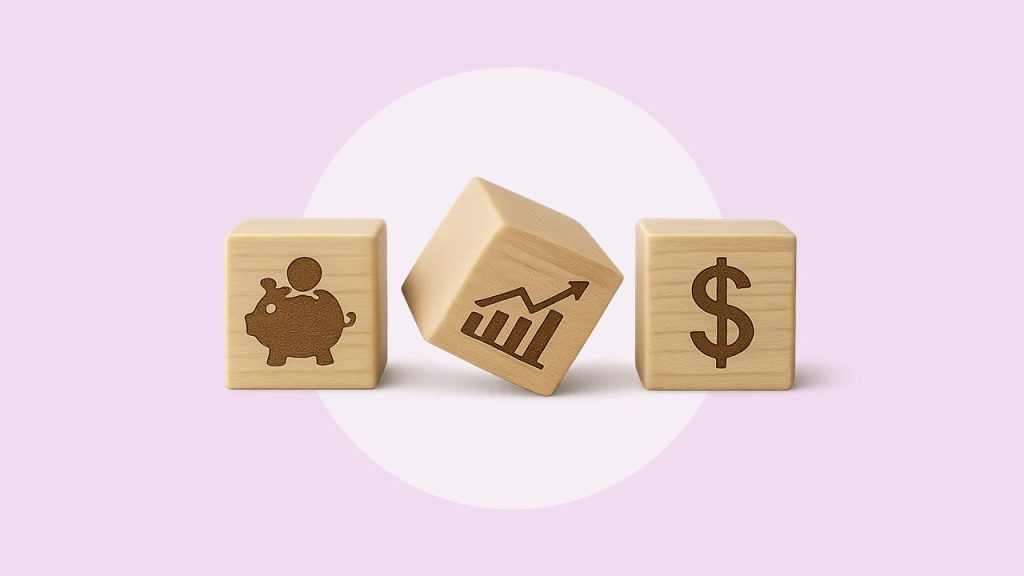For those nearing retirement, there is no shortage of advice about whether to save more, spend less or somewhere in between. And while those general principles certainly help increase the probability that you will enjoy a more comfortable retirement, there are three specific choices that a person will make as they approach their golden years that will determine everything else.
Key takeaways
- When you decide to retire has the greatest impact on your retirement.
- How and when you begin drawing savings from your nest egg is key, taking into consideration factors such as maximizing income and minimizing taxes.
- Your portfolio isn’t static; as you near retirement and then enter this next phase of life, you’ll need to continue to manage and monitor the risk levels of your holdings.
Carefully consider when to retire — it’s the most important factor
The age at which a person chooses to retire and make full-time work a thing of the past is arguably the most important financial decision they will ever make. That’s because this one choice impacts every other variable, including how much to save, how aggressively to invest, how long their savings will need to last and how much of their savings they can safely draw down each year.
Yet many pre-retirees approach this decision from the wrong end. Rather than starting with the numbers, they start with a date that is based on how they feel about their job, their current age or some arbitrary milestone, and then try and make the math fit this decision.For instance, many people will simply decide that 62 (or 65, or some other round number) is when they would prefer to stop working. They then apply for Social Security benefits — often before reaching their full retirement age — locking in a permanently reduced benefit. Only after that do they assess how much of their monthly expenses those benefits will cover, planning to make up the difference by drawing from their 401(k) or some other tax-deferred savings vehicle.
This “cart before the horse” approach can gradually erode the financial stability retirees hope to enjoy in their later years, as it often leads to unsustainably high withdrawal rates from their retirement accounts. The faster those savings are depleted, the more vulnerable retirees become to market downturns, rising healthcare costs and running out of money altogether.Thus, even if a person has already circled their 60th birthday on the calendar as their retirement date, it is worth pausing to run the numbers before scheduling that meeting with HR. At a minimum, you should determine the ideal age to begin receiving your Social Security benefits, as well as how much of your monthly expenses they will cover.
When and how you begin drawing down your savings matters, too
Once you’ve determined when to retire, the next question becomes just as critical: How will you begin drawing down your savings? For many retirees, this is where the benefits of years of planning (or the consequences of failing to plan) begin to materialize. The right drawdown strategy isn’t just about preserving assets. It should also consider factors such as maximizing income, minimizing taxes and maintaining peace of mind whenever markets get hectic.
The timing and method of portfolio withdrawals are among the most consequential decisions retirees face. The concept of sequence of returns risk is especially critical here, as withdrawing funds during a market downturn early in retirement can cause irreversible harm to a portfolio’s longevity.
The sequence of returns risk, explained:
Over the long term, the stock market has returned about 10 percent annually, on average. But that’s the average, and some years can have much better (or much worse) performance. For example, in the past 20 years, the S&P 500’s worst return was -30.5 percent. The index’s best return was 29.6 percent. So the sequence of the market’s returns has a significant impact on your portfolio if you begin retirement during a down market.
This is also where tax diversity becomes a powerful tool. Retirees who have built savings across different account types — including taxable brokerage accounts, tax-free retirement accounts like Roth IRAs and tax-deferred retirement accounts, such as traditional IRAs — gain flexibility in which accounts to draw income from each year.
It is also important to note that your drawdown strategy can be flexible, and that you may rotate between different income sources at different life stages. For instance, someone who chooses to retire at 62 might initially draw income from a taxable brokerage account until they reach 67, to ensure they receive their full Social Security benefit. This would also allow them to forego taking distributions from their traditional IRA or 401(k) for several years, which not only helps to limit your tax liability for those years, but also allows your nest egg to continue to grow uninterrupted.
Your approach to risk management needs to stay flexible
Once you’ve entered retirement, it can be tempting to put your financial life on autopilot and assume that the decisions you made early on will carry you through the next three or four decades. But retirees need to regularly assess whether their investment portfolio includes an appropriate amount of risk.
Continuing to chase outsize returns with a portfolio that is designed to achieve market-beating growth can leave your nest egg exposed to the uncertainty of the markets at a time when that’s the opposite of what you need.
Therefore, it is essential that you periodically review your investment portfolio to ensure that — at a minimum — you are not subjecting yourself to any unnecessary risks as you near retirement. Introducing less volatile assets such as bonds, REITs and dividend-paying stocks can provide steady income and lower the overall volatility of an investment portfolio. While these less risky assets may not deliver the same double-digit returns as stocks might during bull markets, they do help cushion the blow of a downturn, smoothing out the ride over time.But de-risking doesn’t mean abandoning stocks altogether. It simply means recognizing you’ve already won the game, and should focus on the right balance between growth and safety, reflecting your new stage of life.
Bottom line
Retirement is often thought of as a destination, but in reality, it’s just the next phase of your financial journey — one that demands a series of thoughtful decisions. When you choose to retire, how you draw down your savings and the level of risk you maintain in your portfolio will all help to determine your overall quality of life once you no longer rely on a paycheck.
These are not one-time decisions to be made independently of each other. Instead, they are deeply connected and require ongoing attention. Whether your retirement is around the corner or already underway, revisiting your plan periodically can help ensure you have both the clarity and the confidence to navigate whatever life — or the markets — might bring.
Editorial Disclaimer: All investors are advised to conduct their own independent research into investment strategies before making an investment decision. In addition, investors are advised that past investment product performance is no guarantee of future price appreciation.
Why we ask for feedback
Your feedback helps us improve our content and services. It takes less than a minute to
complete.
Your responses are anonymous and will only be used for improving our website.
Help us improve our content
Read the full article here









